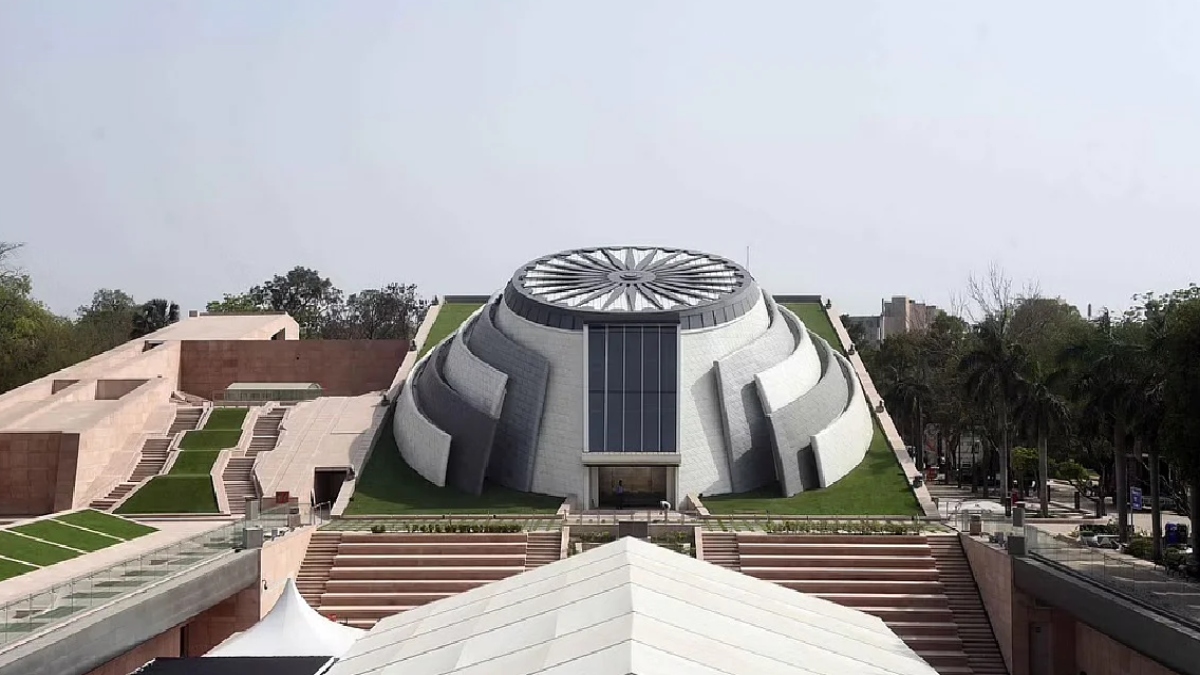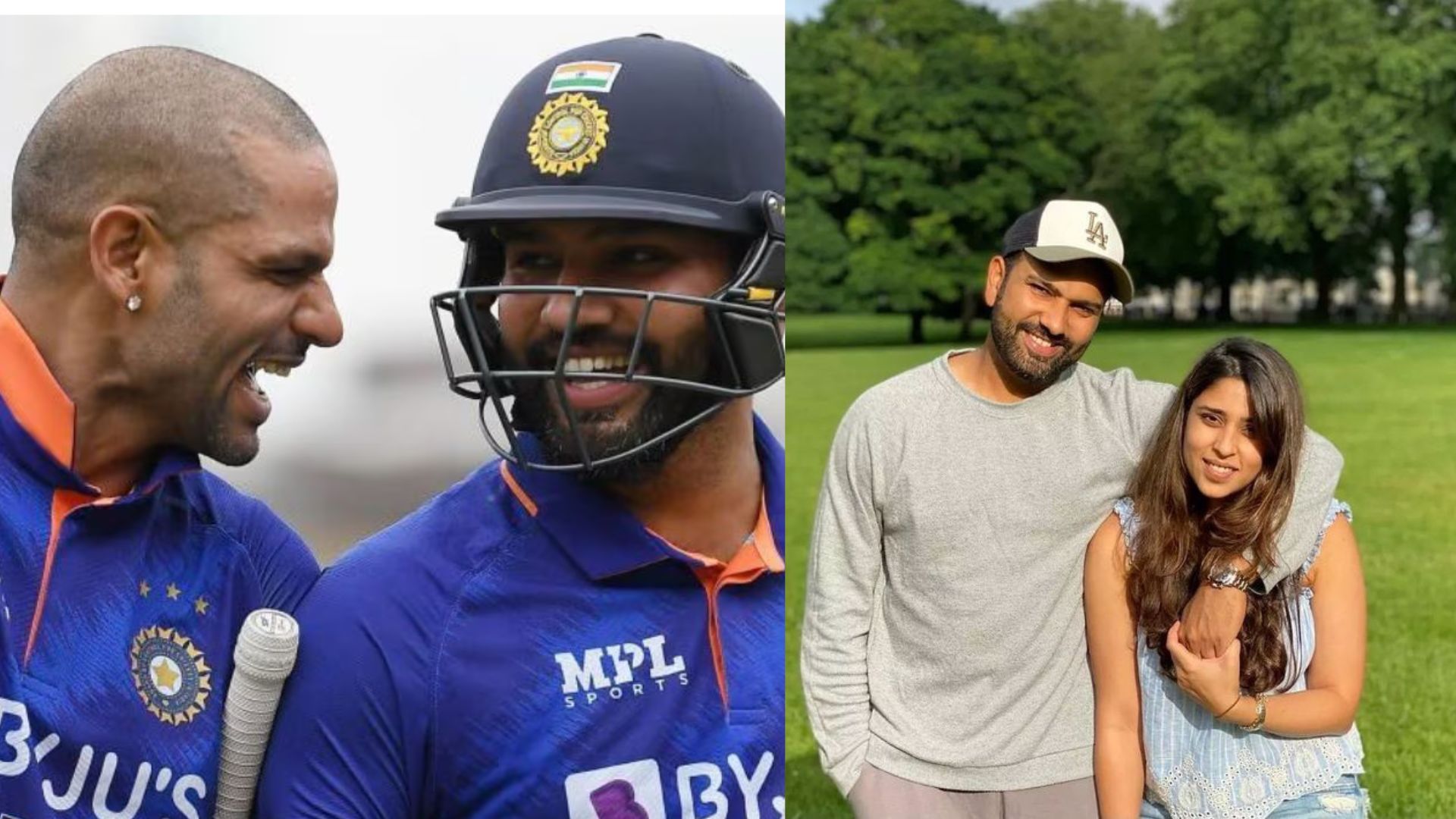
There has been churning. Monuments or shrines captured, rebuilt or demolished by force have given rise to emotions, apprehensions, doubts and societal and economic uncertainties. Only harmony can revive the country’s fortune. Should we not build Rainbow Harmony Houses or Museums to preserve the heritage and showcase these as the beginning of a new dawn?
Yes, the country needs harmony to give a fillip to the economy and preserve the harsh historical process. Rainbow is the colour of diverse Indian societal beauty and harmony. Lack of it impacts severely, may be in terms of billions. Post Partition, armed gangs have been raiding majority areas periodically in many states. The 1986 Shankhnaad for Ramjanmabhoomi saw a thaw. Marching paces, it witnessed demolition of the old temple or Babri structure, much against the wishes of Atal Behari Vajpayee, L.K. Advani, archaeologist Swarajya Prakash Gupta and many Sangh luminaries, followed by marches, court cases, decisions and reconciliation for the temple and mosque. The structure reminiscent of historic power process is demolished. Gyanvapi has raised ripples again.
The recent call of RSS chief Mohan Bhagwat—“Don’t look for Shivlinga in every mosque”—is significant in addition to his assertion that all Indians have one DNA. He is right—the Bamyan Buddha blasts hurt all.
There is one agreement. Those who are raking up the issue through the portals of courts or otherwise and their opponents who have possession over the premises, know the reality–these were forcibly occupied and destroyed. Even eminent Prof Irfan Habib of AMU, expert on the issue, says these were the part of past power game and demolitions are reality. Absolutely right. Swarjaya Gupta amid Babri demolition recovered important door jambs and other important inscriptions.
None, however, wants to give it up—be it Gyanvapi, Mathura or Bhojshala. Gyanvapi, whether has a Shivlinga or not, would be difficult to culminate into another Vishvanath temple. As per religious ethos, there should not be two shrines to one deity in one enclave. How would Mathura repossessed site be used? Such questions haunt all structures. The cost of maintaining societal order remains high.
The solution to the Indian economics remains difficult. Inflation—retail at 7.79% and wholesale at 15.1%—is high. A little cut in additional excise duty on petroleum is small relief. RBI pegs growth at 7.2%. The societal emotions and aberrations can hurt the process.
Interestingly Gyanvapi cases begin with the Places of Worship Act 1991, the law that prohibits changes in religious character of a shrine as it existed on 15 August 1947. It was demolished on 2 September 1669, on the orders of Mughal ruler Aurangzeb. A Varanasi court has ordered Archaeological Survey of India to probe the structure.
The Gyanvapi case is now encouraging staking claims to occupied structure for prayers, including Tajmahal in Agra, the Qutb Minar in Delhi and Lord Krishna birthplace, Mathura. It has also stoked passion in Srirangpatna in Karnataka for repossession of a Jamia mosque and many other monuments.
The courts may follow the process of Ayodhya judgment. Those wanting possession are acting with emotional vengeance for restoration to them. Possibly another phase of renovation, demolition and reconstruction can follow. It is all about ego, passion and historical reality. It will not end the conflict. In the process, the economy, not in a happy shape, may thaw if not regress, conflicts, confusion and mutual distrust may grow and the nation may see volatile reactions. How much could be the loss? It depends over the intensity or lack of it.
Should it then not be given up by those who are possessing and be possessed by the aspirants? Certainly. All would have to come forward to create the Harmony Museum preservation. It is composite culture. Be it Varanasi, Mathura, Moradabad, Meerut, Aligarh or any UP city, one community, somewhere Hindu, the other Muslim, is the investor and other provides the labour or logistics. There is inter-dependence. A bit of uncertainty would put these and many other places in disarray. The community pressure prevents them from taking the supposed rational step. None, including Habib, dares speak out.
Should Gyanvapi or other monuments like Mathura or Bhojshala meet the same fate as old Ram Lalla structure? It must not be. These are heritage conflicts. None of the present generation ascribes to these. Nobody owns up Aurangzeb or other tyrants. None has the courage to openly oppose it either. Such situations impacted the working atmosphere of Varanasi, either for exuberance or the apprehensions. Losses are unfathomable. It erodes the society.
The cost of the Ramajanmabhoomi movement is difficult to estimate. But if court cases by the three parties–the Sunni Waqf Board, Nirmohi Akhara and the Ram Lalla Virajman, distinct arguments, law and order expenses, occasional violence or tension in the society, are taken into account, it would be huge. The court cases alone would have cost several millions. Add to it the several disruptions due to statewide curfews, Mumbai, Aligarh and other riots, non-stoppage of trains or complete halt to it, upheavals in businesses, careful avoidance of members of different communities depended on each other for livelihood and loss of wages since 1991–are not easy to fathom. There have been losses of lives as well. Now billions of rupees are being poured for reconstruction too. The divide remains sharp though RSS chief Mohan Bhagavat says the communities share the same DNA.
The route to solution may be simple but may not be easy to accept. The Qutb complex, which also is in the eye of the storm, provides a way out. The inscriptions in the complex say 27 temples were demolished. The ASI plaque also mentions that.
These are heritage monuments. If the possessions are handed over again to any of the groups, another process of distortion is likely to begin. The hurt feelings would worsen. Again, if the documentations and evidence are lost, it may repeat the history of emotional outbursts in future.
Once the Varanasi, Mathura shrine issues are resolved, many such sites in other states may become part of the heritage harmony circuit by agreeing to preserve these as centres for depicting the live history and reconciliation process.
Prime Minister Narendra Modi has built a beautiful prime ministers’ museum. If leaders of the Hindu and Muslim communities are told to have an agreed solution on preserving these as heritage centres or crucibles of living history, it would rid the history writing process of its biases. A harmonious process of community interaction can begin at these sites under the Archaeological Survey of India. These living museums of the structures could be christened “Rainbow Harmony Houses or Museums” as places of interaction and usher in a new era.
This New India would invite people from across the world to learn about the novel way Indians can solve critical social issues that Northern Ireland Peace Walls could not do.















